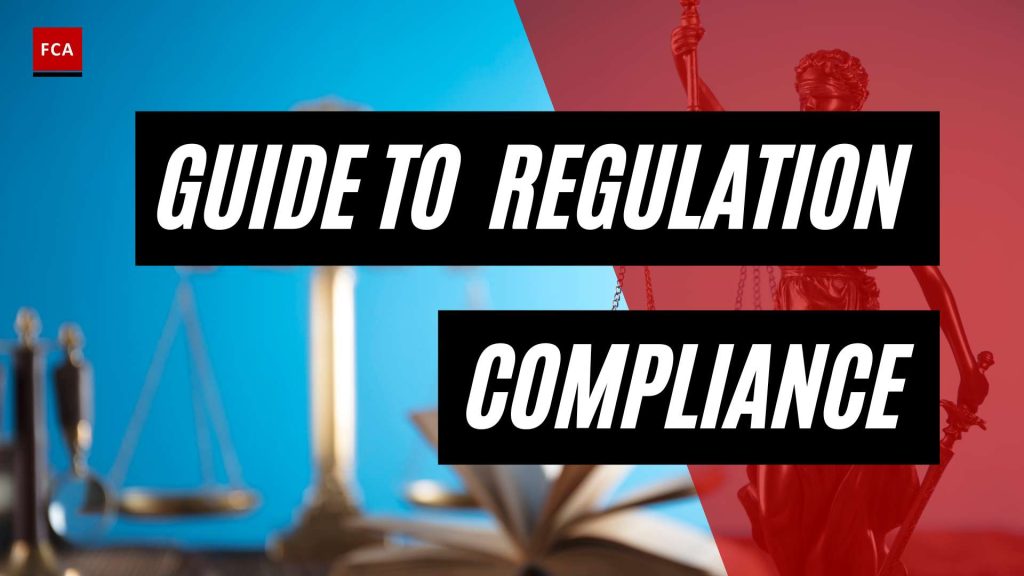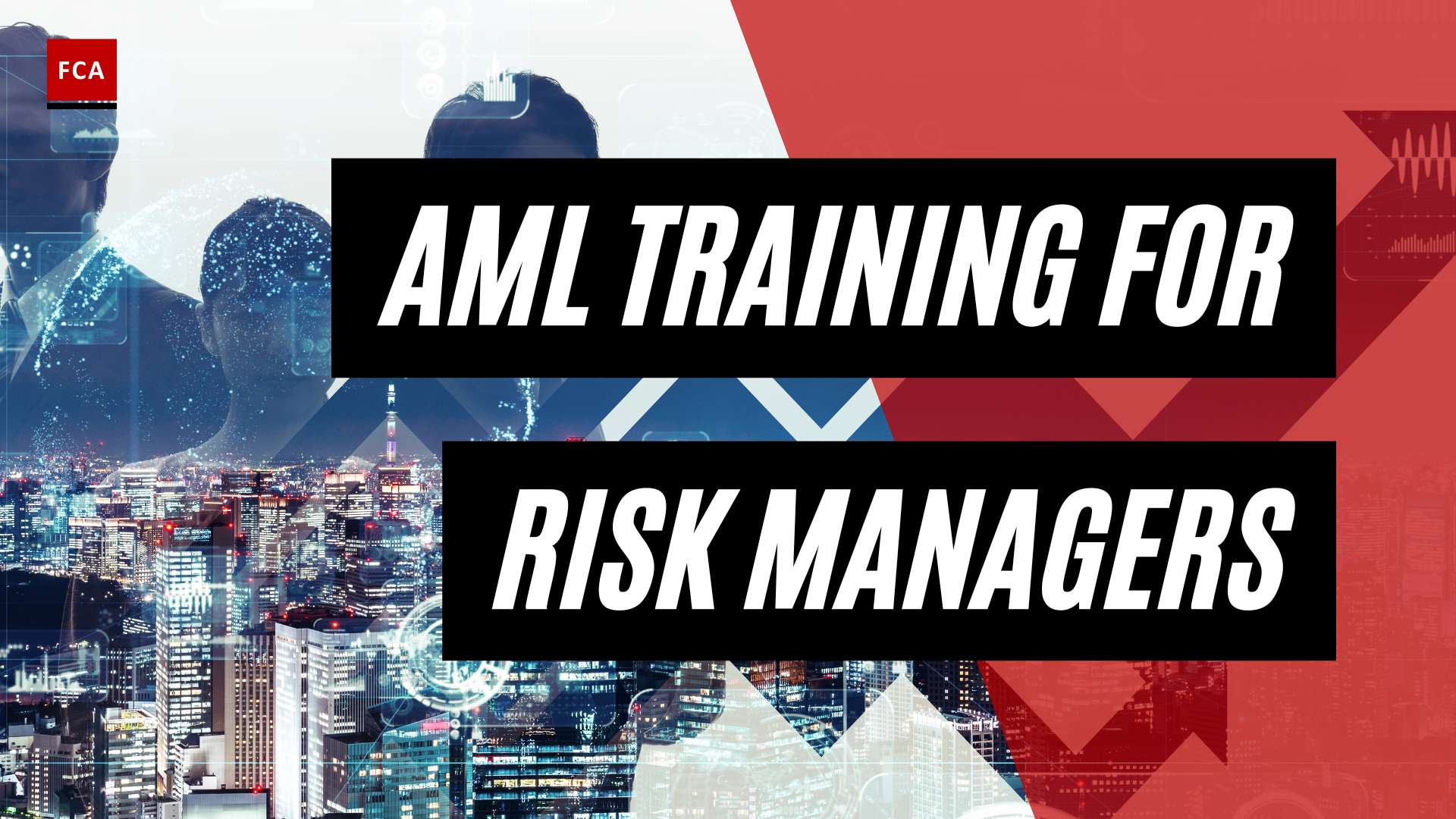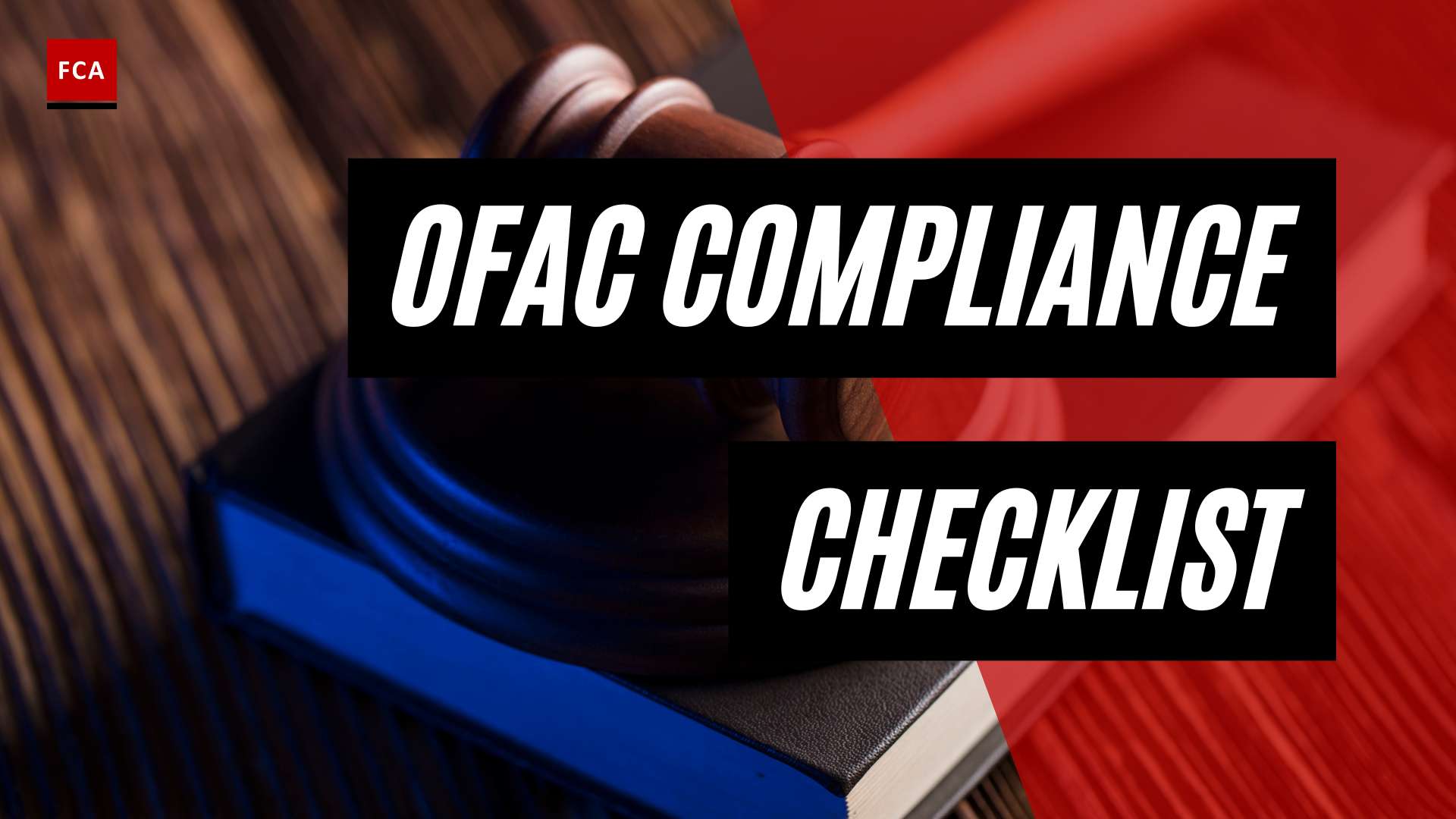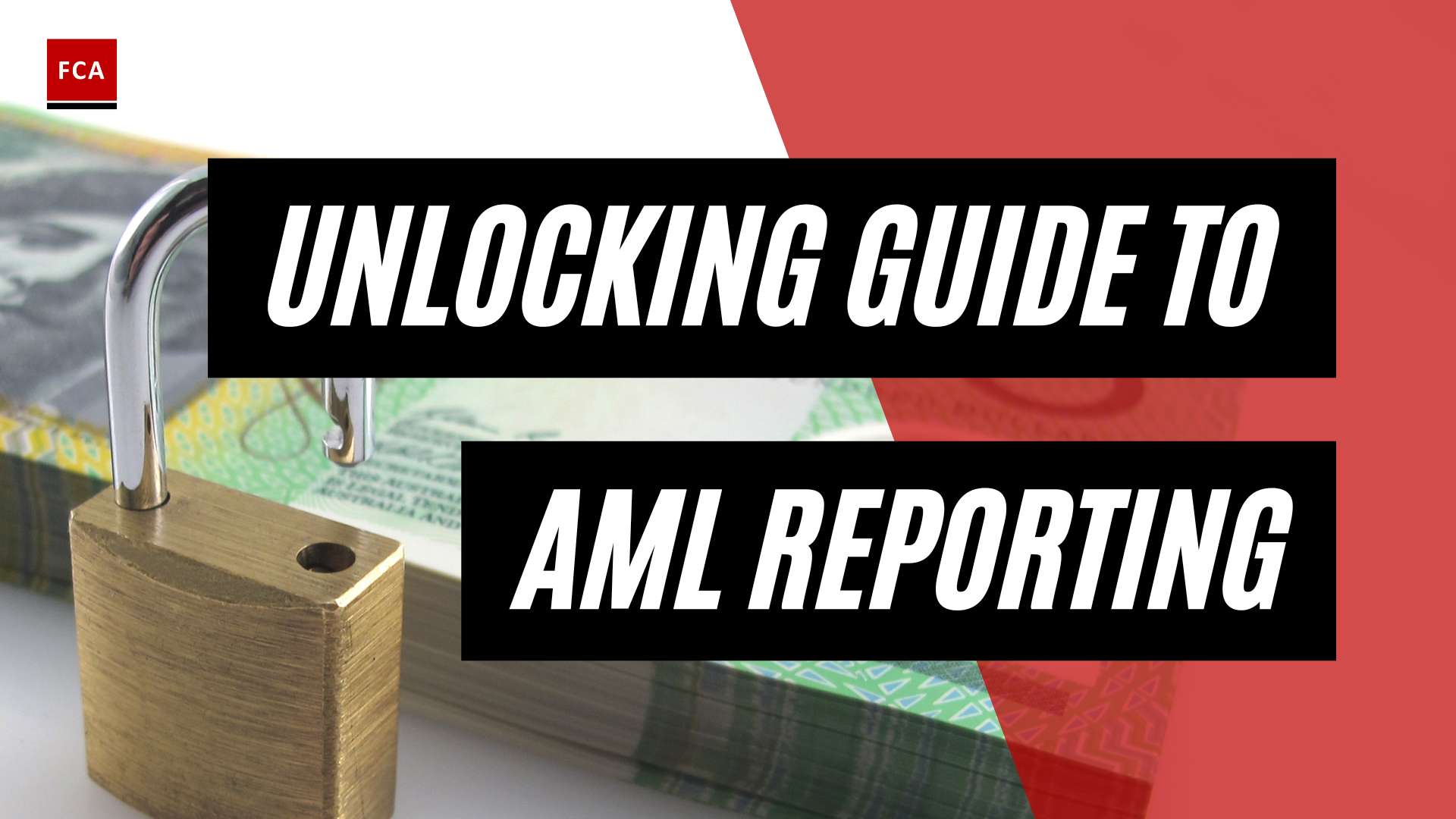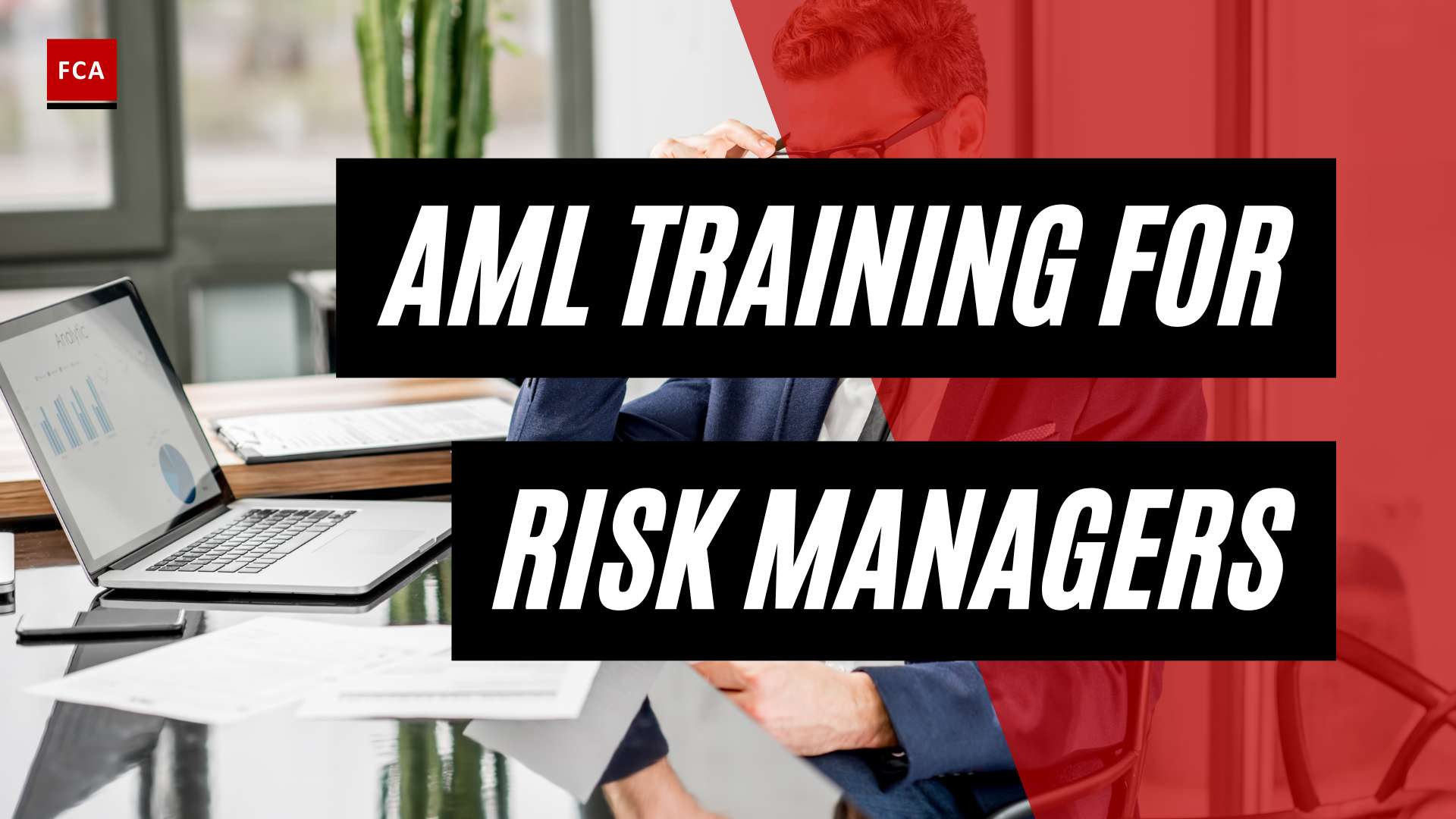Understanding AML Regulations
In today’s global economy, businesses of all sizes are subject to Anti-Money Laundering (AML) regulations. Understanding and complying with these rules is critical to operate legally and maintain a reputable standing.
Importance of AML Compliance
Compliance with AML regulations is not optional; it’s a mandatory requirement for businesses. Failure to adhere to these rules can result in severe penalties and consequences, including substantial fines and imprisonment for individuals involved in non-compliance. Furthermore, non-compliance can lead to significant reputational damage, which can have long-term impacts on the business’s viability and profitability. For detailed insights on the effects of non-compliance, read our article on the impact of AML regulations on financial institutions.
AML regulation compliance involves verifying the identity of a client, monitoring transactions, reporting suspicious activities, and establishing an effective AML program to mitigate risks. These measures serve to detect, prevent, and report money laundering activities, thereby playing a critical role in the global fight against financial crime.
Key AML Regulatory Frameworks
AML regulations may vary by region or industry, making it essential for businesses to stay informed about the specific requirements relevant to their operations (GitHub). Some institutions may need to consult with legal experts or compliance officers to ensure all AML requirements are met and effective policies are implemented.
In the United States, the Bank Secrecy Act (BSA) imposes AML compliance obligations on financial institutions. Violations of the BSA can result in fines, imprisonment, or both. The USA PATRIOT Act, another significant regulatory framework, targets financial crime associated with money laundering and terrorism financing. Violations can lead to fines of up to $1 million or double the value of the transaction. The Office of Foreign Assets Control (OFAC) administers and enforces U.S. sanctions, and violations can result in fines up to $20 million and imprisonment up to 30 years.
In Europe, the European Union (EU) has adopted Anti-Money Laundering Directives (AMLDs) with increased AML penalties, including prison time and fines up to 5 million euros (Unit21).
The BSA AML regulations, previously applicable to banks and credit unions, have expanded over the past three decades to cover a wide array of financial institutions, including money services businesses (MSB), depository institutions, the insurance industry, securities and futures, and casinos.
In conclusion, understanding the importance of AML compliance and the key regulatory frameworks is crucial for businesses to remain compliant and mitigate potential risks. To learn more about AML regulations specific to smaller entities, you can refer to our article on aml regulations and small businesses.
Compliance Measures for AML Regulations
Being in conformity with AML regulations is not only a legal requirement but also a necessity for businesses to protect themselves from financial and reputational risks. Complying with anti-money laundering regulations involves various measures, including appointing a compliance officer, implementing customer due diligence, and maintaining transaction monitoring.
Role of a Compliance Officer
AML regulations often necessitate businesses to appoint a Chief Compliance Officer (CCO) who assumes the responsibility for overseeing AML compliance. The CCO’s role includes implementing policies and procedures, conducting training, and ensuring timely reporting of suspicious activities to relevant authorities. The Compliance officer also ensures that the business stays abreast of any changes in AML regulation compliance for businesses and addresses any AML compliance challenges for businesses that may arise.
Implementing Customer Due Diligence
Businesses must implement robust Customer Due Diligence (CDD) programs to assess customer risk levels, categorize customers based on risk, and apply appropriate monitoring measures to ensure compliance with AML regulations. Part of this process involves the implementation of Know Your Customer (KYC) programs, which involve customer risk assessments during onboarding and re-evaluation based on new information or activities in high-risk areas. A KYC program focuses on gathering data related to transaction types, dollar volumes, geographic locations, and high-risk individuals.
Maintaining Transaction Monitoring
Along with implementing CDD and KYC programs, businesses are also required to continuously monitor transactions for potential signs of money laundering. This involves tracking customer transactions, identifying unusual or suspicious activities, and reporting such activities to the relevant authorities. The goal is to identify patterns that could indicate money laundering or other illicit activities as part of the AML regulations and recordkeeping for businesses.
By fulfilling these measures, businesses can ensure they are meeting their AML regulatory obligations, thereby shielding themselves from the potential financial and legal repercussions of non-compliance. It’s important to remember that AML regulations may vary by region or industry, so businesses should consult with legal experts or compliance officers to ensure they are meeting all AML requirements (GitHub).
Components of an AML Compliance Program
An effective AML (Anti-Money Laundering) compliance program is crucial to safeguard businesses against money laundering risks and ensure adherence to AML regulations. The core components of such a program include risk assessment, internal controls, and independent testing.
Risk Assessment in AML Compliance
Risk Assessment serves as a critical foundation for an effective BSA/AML compliance program. It involves identifying and analyzing potential risks associated with different aspects of a business, such as its products, services, customers, and geographic locations (Lower Risk Group). By conducting a comprehensive risk assessment, financial institutions can gain insights into their risk profile, which can guide their efforts to develop effective strategies for mitigating these risks. In-depth information on this topic can be found in our article on aml regulations and risk assessment for businesses.
Role of Internal Controls
Internal controls are essential mechanisms within a BSA/AML compliance program. They involve rigorous evaluation of a financial institution’s policies, procedures, and processes to assess its capacity to achieve AML compliance. These controls encompass anti-money laundering practices and structural elements, focusing on secure standards like dual controls and segregation of duties. Adequate internal controls contribute to the robustness of an institution’s AML compliance program, enhancing its resilience against potential financial crimes.
Importance of Independent Testing
Independent testing or auditing is a recommended best practice in risk management to ensure AML compliance. It’s advised that financial institutions undergo a review every 12 to 18 months. However, institutions with higher risk profiles may require more frequent audits to maintain compliance. These audits are designed to be responsive to the organization’s risk profile, enabling them to identify and rectify any compliance gaps promptly.
Implementing these components into an AML compliance program is crucial for businesses to ensure adherence to AML regulations and mitigate potential financial and reputational risks. For more information on how non-compliance can impact businesses, refer to our article on aml compliance challenges for businesses.
Impact of Non-Compliance on Businesses
In the context of anti-money laundering (AML), non-compliance can result in substantial negative impacts on businesses. These impacts can span financial penalties, reputational damage, and regulatory consequences. Understanding these implications can underscore the importance of adhering to AML regulations for businesses.
Financial Consequences of Non-Compliance
Non-compliance with AML regulations can lead to severe financial repercussions. Regulators across the globe have levied billions of dollars in AML-related fines in the past decade, demonstrating the increased focus on enforcing AML regulations (Sanction Scanner). These financial penalties can be as high as $1 million per day for financial institutions that fail to have adequate AML programs in place.
Such substantial fines can have a significant impact on a company’s profitability and financial stability. Therefore, investing in robust AML compliance measures can not only help in mitigating legal risks but also in avoiding considerable financial losses. For a deeper understanding of the costs associated with AML compliance, refer to our article on aml compliance costs for businesses.
Reputational Damage from Non-Compliance
The reputation of a business is an invaluable asset. Non-compliance with AML regulations can lead to significant reputational damage. This can result in the erosion of customer trust, leading to a loss of clients and business opportunities. Rebuilding a damaged reputation can be a challenging and lengthy process that may require significant resources and time (Financial Crime Academy).
Preserving a business’s reputation requires a proactive approach to AML compliance. It underscores the importance of maintaining robust compliance measures and fostering a culture of compliance within the organization.
Regulatory Consequences of Non-Compliance
In addition to financial and reputational consequences, non-compliance with AML regulations can lead to severe regulatory repercussions. Regulatory bodies around the world enforce strict AML compliance requirements, such as the Financial Action Task Force (FATF) setting global standards that countries must follow to combat money laundering effectively.
Non-compliance can lead to regulatory intervention, which may include restrictions on business activities, suspension of licenses, or even a complete shutdown of operations. This can have long-lasting implications for the company, affecting its ability to conduct business and harming its competitiveness in the market.
These potential consequences highlight the importance of maintaining strong AML compliance measures. Businesses should stay informed about regulatory changes and continuously enhance their compliance measures to avoid these potential risks. For more insights into this, refer to our article on aml regulations and risk assessment for businesses.
Enhancing AML Compliance with Technology
With the ever-increasing complexity of financial transactions, businesses need smarter solutions for ensuring AML regulation compliance. Advanced technologies, such as artificial intelligence (AI) and machine learning (ML), have emerged as powerful tools for enhancing AML compliance efforts and meeting regulatory requirements more effectively.
Role of Artificial Intelligence
Artificial intelligence (AI) plays a significant role in the modernization of AML compliance. It can automate the analysis of vast amounts of data, identify suspicious patterns, and provide real-time insights. This helps businesses stay ahead of evolving money laundering techniques and ensures compliance with AML regulations.
AI can also help in automating AML compliance processes, reducing manual effort, and improving the accuracy and effectiveness of transaction monitoring and risk assessment. These features make it a crucial component of a robust AML compliance strategy.
To understand how AI can specifically help in customer due diligence and recordkeeping, consider our articles on aml regulations and customer due diligence and aml regulations and recordkeeping for businesses.
Benefits of Machine Learning
Machine learning (ML), a subset of AI, offers a plethora of advantages for AML compliance. It can analyze complex patterns of financial transactions, detect anomalies, and improve the accuracy and efficiency of compliance processes. These technologies can adapt and learn from new data, enhancing the effectiveness of AML monitoring and detection efforts.
ML technologies have the capacity to automate the analysis of large amounts of data, identify patterns and anomalies, and improve the accuracy and efficiency of AML monitoring and detection processes. This not only reduces the chances of false positives but also ensures that suspicious activities are identified and reported promptly (Unit21).
Incorporating AI and ML into AML compliance strategies can help businesses stay ahead of regulatory changes and mitigate risks more effectively. For more insights on how to navigate the changing landscape of AML regulations, explore our article on aml regulations and risk assessment for businesses.
Staying Ahead of AML Regulatory Changes
In a world where financial crimes are increasingly sophisticated, businesses must stay a step ahead to ensure they’re compliant with AML regulations. This involves regular training, staying updated on regulatory changes, and implementing effective risk mitigation strategies.
Importance of Regular Training
In the fight against money laundering, the knowledge and skills of employees are a business’s first line of defense. Regular training programs are crucial in ensuring that all staff members understand the importance of AML compliance, are aware of their specific responsibilities, and are equipped with the knowledge to detect and respond to potential AML risks.
Training should cover various aspects of AML regulations, such as customer due diligence. It should also be tailored to the specific needs and risks of the business, whether it’s a small business (aml regulations and small businesses), a non-profit organization (aml regulations and non-profit organizations (npos)), or a financial institution (impact of aml regulations on financial institutions).
Keeping Updated on Regulatory Changes
AML regulations are continually evolving, and businesses need to stay proactive to keep up with these changes (KyrosAML). This involves regularly reviewing and updating compliance programs and processes to reflect current regulatory requirements.
Staying updated on regulations is not just about avoiding penalties; it’s also about protecting the business from the risks associated with money laundering and other financial crimes. According to Sanction Scanner, the recent trend of increased regulatory enforcement highlights the importance of AML compliance and the severe consequences for non-compliance.
Strategies for Risk Mitigation
Risk mitigation is a key component of any AML compliance program. This involves conducting regular risk assessments (aml regulations and risk assessment for businesses), implementing robust internal controls, and investing in technologies like AI and machine learning to enhance detection and prevention capabilities.
As the global cost of money laundering is estimated to be between 2% and 5% of the global GDP.
By investing in regular training, staying updated on regulatory changes, and implementing effective risk mitigation strategies, businesses can stay ahead of AML regulatory changes and ensure ongoing compliance. Remember, AML compliance is not just about adhering to regulations – it’s about protecting the business, its employees, and its customers from the risks associated with financial crimes.

